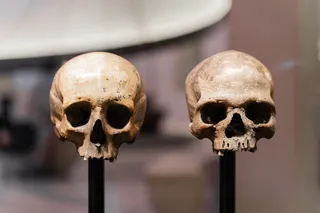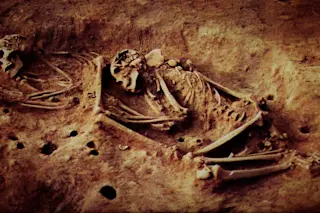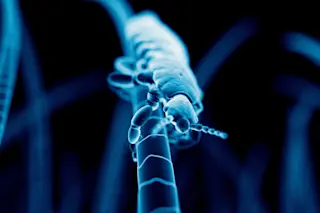That is the question, and tentatively answered in the affirmative according to a new paper in The American Journal of Physical Anthropology. A new subclade of mtDNA haplogroup C1 found in icelanders: Evidence of pre-columbian contact?:
Although most mtDNA lineages observed in contemporary Icelanders can be traced to neighboring populations in the British Isles and Scandinavia, one may have a more distant origin. This lineage belongs to haplogroup C1, one of a handful that was involved in the settlement of the Americas around 14,000 years ago. Contrary to an initial assumption that this lineage was a recent arrival, preliminary genealogical analyses revealed that the C1 lineage was present in the Icelandic mtDNA pool at least 300 years ago. This raised the intriguing possibility that the Icelandic C1 lineage could be traced to Viking voyages to the Americas that commenced in the 10th century. In an attempt to shed further light ...













